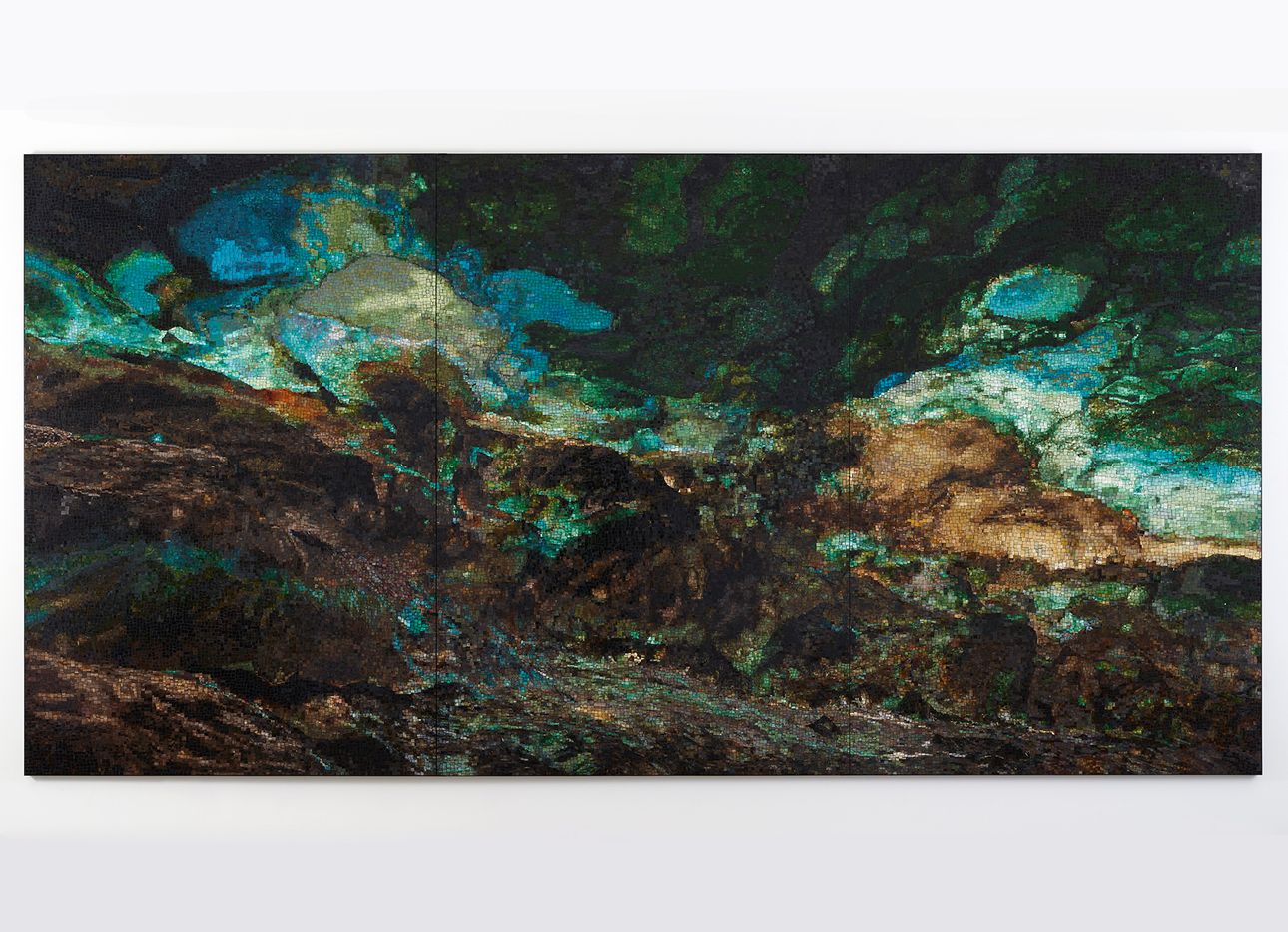
Artist Teresita Fernández’s “Archipelago-Like Existence”
The large-scale sculptures, installations, and mixed-media works of artist Teresita Fernández center around landscapes—both literal and metaphorical—that are multilayered and nuanced, at turns probing the historical, cultural, sociopolitical, and often violent conditions of contemporary American life. “As a child of exiles, you’re never really from the place you’re born in; you’re the place your parents are from,” she shared on Ep. 5 of our Time Sensitive podcast. “I really think of myself as Cuban, even though I’m Cuban American. There’s a kind of displacement, a sense of an archipelago-like existence.” Nature, too, plays a central role for the artist, who finds “slow sculpture” in the everyday, from a freshly laid chicken egg to bonsai trees to shakkei, the Japanese garden design principle of bringing a “borrowed landscape” into a composition. “The garden has, in all cultures, always been a metaphor for the universe,” Fernández says.
Her latest solo exhibition, “Elemental,” now on view through Feb. 9, 2020, at the Pérez Art Museum Miami, presents a survey of her career from the mid-1990s to the present, with works including “Fire” (2005), a sculpture made from thousands of hand-dyed silk threads, and “Borrowed Landscape” (1995), an immersive, room-size installation that combines light and space to phenomenological effect.